Leading global brands invest large sums in marketing research, the results of which largely affect the adoption of key management decisions. The cost of such research starts at 60,000 rubles or more - space amounts, especially for small businesses. However, knowing how to analyze the market, you can get key information yourself.

Kinds
First of all, it is necessary to clearly define the goals. The subject of research depends on what information you want to receive. The main structural components of the market analyzed by the entrepreneur are:
- market conditions (capacity, market conditions, trends, reaction to new products);
- market share of various companies, their capabilities and prospects;
- target segments, their behavior and product requirements, level of demand;
- price level and profit margin in the industry;
- free niches in which you can conduct business;
- competitors, their strengths and weaknesses.
Speaking about how to properly analyze the market, it is worth emphasizing that a specific, understandable goal allows you to reduce costs, not waste time processing unhelpful information and immediately choose the most effective research methods.
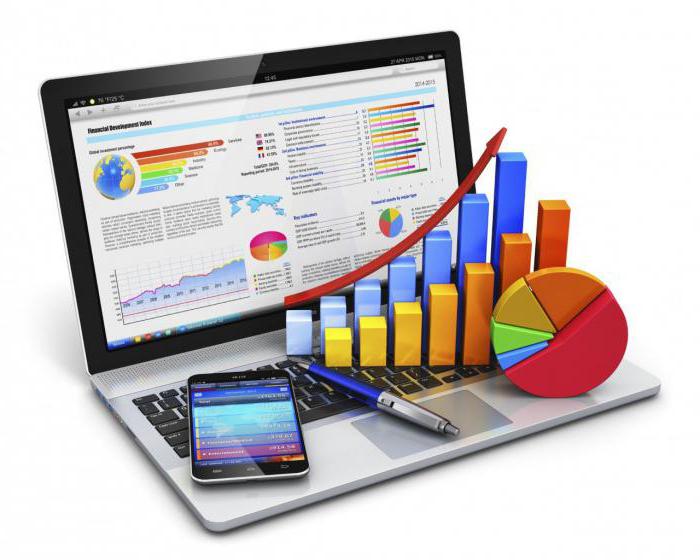
General Market Analysis Plan
Comprehensive marketing research, as a rule, is carried out at the stage of starting or expanding a business. Its purpose is to collect as detailed and comprehensive information as possible about a specific niche. How to analyze the market?
Stage 1: Gathering Basic Information
The "starting point" in conducting a comprehensive analysis is Market Research (in fact, studying the market and its prospects). Ideally, you need to analyze the information for the last 3-5 years.
The key indicator here is market capacity. In simple words, this is the amount of goods that consumers can buy for a certain period of time - a month or a year. For calculations, use the formula:
| V = A × N |
where: V is the size of the market, A is the number of the target audience (thousand people), N is the rate of consumption of products for the period.
Based on this indicator, it is calculated what maximum level of sales a company can achieve in a given region.
The next criterion to pay attention to is the level of demand. It is important to consider the dynamics of the market, is it developing or, conversely, is declining. In the first case, it is necessary to determine its potential and boundaries of growth, and at the stage of stagnation - to understand how long this will last.
In addition, they study factors affecting the market, the share of key competitors in total sales, and methods of selling products.
Based on the data obtained, it is necessary to identify the main trends and directions of development, as well as analyze the market prospects - what consumers choose now and how their preferences may change in the foreseeable future.
Tip: Up-to-date statistics and research results of individual markets at the international and national levels can be found in industry journals and economic reports.

Step 2: Identify Target Segments
So, we know the volume of the analyzed market as a whole. Now it is necessary to determine which consumer groups bring the main profit to the company, what unites them. Different criteria are used for audience segmentation - gender, age, profession, income level, social status, interests, etc. Depending on the priorities, the significance of individual factors may differ.
To decide which segments to focus on in the first place, they additionally analyze:
- the volume of each segment (the number of potential customers);
- geographic location;
- the availability of various consumer groups;
- estimated costs of time and finance to start the activity.
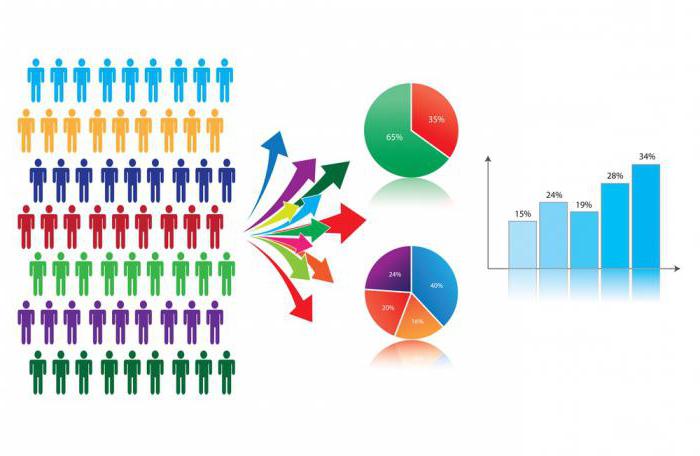
A competent choice of CA in the future will save the entrepreneur from unnecessary costs and will allow directing resources to attract the most “profitable” buyers.
Stage 2: Study of external factors
Any market is constantly exposed to outside. Modern marketers identify 6 types of external factors that affect organizations:
- political (state policy in the areas of transport, employment, education, etc., taxes);
- economic (inflation rate, loan interest rate);
- social (population, worldview, level of education);
- technological;
- legal (laws governing the creation and operation of enterprises);
- environmental.
Some trends appear slowly, they are easy to predict - for example, back in the 70s, society began to discuss environmental issues, and now eco-friendly business has become a global trend. At the same time, the economic situation may change at any moment, and to say with confidence that it will be in 3-5-10 years is simply impossible.
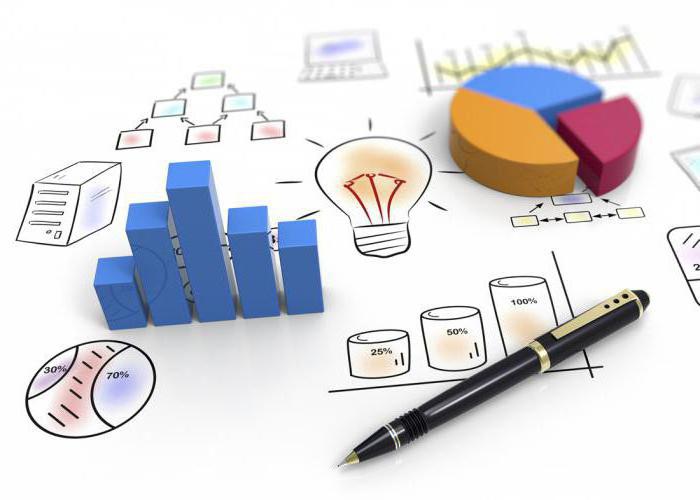
Stage 4: Competitor Analysis
Speaking about how to learn how to analyze the market, special attention should be paid to the study of enterprises that already work in this industry. First of all, you need to learn as much as possible about the companies themselves and their capabilities:
- technologies used in the production of goods and services;
- availability of patents and unique technological advantages;
- staff qualification level;
- access to limited, rare resources;
- the possibility of obtaining additional investment.
The next step is to study competitors' products and services. You need to evaluate it with the eyes of the consumer, taking into account both rational and emotional factors.
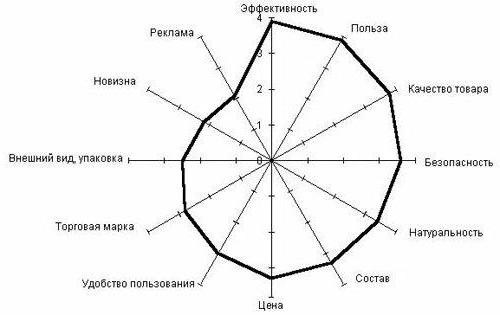
It remains to systematize the data and objectively compare the main market players. For convenience, we suggest using a simple template.
| Company A | Company B | Company B | |
|---|---|---|---|
| "Intersection Points" (where exactly are you competing) | |||
| CA (target audience) | |||
| Market share | |||
| Range and quality of products | |||
| Prices | |||
| Marketing Strategy (offline) | |||
| Marketing Strategy (Online) | |||
| Sales policy | |||
| Competitive advantages | |||
| Competitor Strengths | |||
| Competitor weaknesses |
By filling out the table, you will get a basic idea of the main market players and their activities, as well as be able to compare their performance with your own.

Stage 5: Price Analysis
Go ahead. Now you need to focus on one of the key aspects, namely, to analyze the prices of the main competitors for goods and services.
To see the full picture, it is necessary to divide all market players into price segments - economy, premium, etc. It is also important to understand the price structure (cost, promotion and advertising costs, margin) and approximately calculate the profit from each sale.
In this case, one should take into account not only standard prices, but also the availability of bonuses, promotions, special offers, as well as installment conditions.
Be sure to think about what reasons can lead to a change in average market prices in the direction of increase or decrease.
As a result, you should get a clear picture of the pricing policy of your competitors, find out what are the reasons for the differences in cost, and calculate the possible profit in N months / years. Based on this, it is possible to determine whether the company’s prices are too high or too low, how best to position the product - expensive, but high-quality, or affordable and economical.

Stage 6: Investigation of the main distribution channels
Marketers who analyze the situation on the market and participate in the development of business plans often emphasize that this item is one of the most significant.
Considering the current sales system, it is necessary to highlight the main elements - wholesale and retail chains, individual stores, warehouses, transport companies.
They study both individual enterprises and the operation of the logistics system as a whole - how products move from manufacturers to end consumers, through which intermediaries they go, how long it takes, etc.
What you need to find out:
- What trading enterprises operate in a certain territory (specialized and company stores, supermarkets, kiosks, etc.), their ratio.
- Location, size and sales level of the main stores.
- Distribution intensity - the percentage of points at which you can buy goods of a particular manufacturer in a given region.
- Which contingent often buys in stores of one type or another (place of residence, average check amount, percentage of regular customers).
- Distribution density level - the ratio of the total number of stores to the population density in the study area.
A key indicator of the effectiveness of a distribution system is the level of expenses. It is calculated by the formula:
| VD = T + Cn + C9 + G |
where: VD - distribution costs, T - transportation costs, Sp - fixed storage costs, C9 - variable storage costs, G - the amount of orders not completed on time (in monetary terms).
Stage 7: Evaluating the effectiveness of advertising campaigns
Another aspect that needs to be addressed when discussing how to analyze the market. You need to find out what tools other companies use, what they do to attract and retain customers.
The main elements of the marketing communications complex are:
- advertising (in newspapers, magazines, on Internet resources, TV, radio, outdoor, etc.);
- PR / propaganda - creating a positive image of the company and its products through the publication of news, reviews, interviews and other materials in the media;
- sales promotion - special events to stimulate the purchase (coupons, contests, free samples of goods, discount programs);
- personal sales.
Where do competitors most often advertise? What do the media write about them? What discounts and bonuses do they offer? The more information, the better.
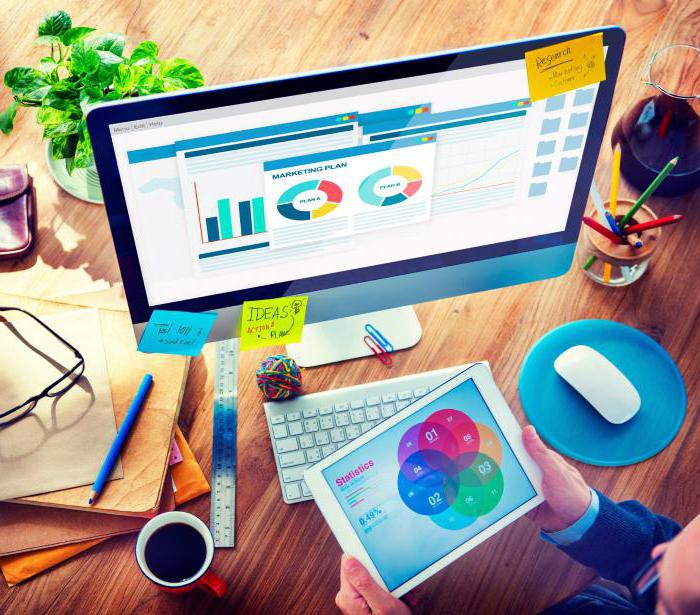
At this stage, special attention should be paid to the numbers:
- The average number of contacts a potential customer has with different advertising media.
- Ad Performance The easiest way is to track statistics on Internet sites - modern services provide information about the number of views and clicks on links, the time that a user spent on the site and his activity.
- Conversion - the percentage of visitors to the site / store / event who made a purchase or other targeted action, of the total number of visitors.
- Contact price - how much money the company needed to invest in advertising so that 1 person left their data or turned to the manager (the ratio of the amount of the advertising budget to the number of consumers who were contacted).
To understand where and how best to "catch" potential customers in a particular niche, you should separately examine the effectiveness of each method in the selected niche.
Example
Advertising in traditional media (TV, radio, popular magazines) works fine in the B2C segment, but is completely ineffective for B2B - serious managers often do not even spend time on this. But they may be interested in statistics, plans with clear figures, "dry" facts proving the benefits for the business - that the ordinary consumer will only be bored.

Step 8: Study Consumer Behavior
To develop a strategy, it is not enough to know general characteristics such as age and income. You need to understand how to work with a specific type of people, how they make a purchasing decision, what they pay attention to, etc.
Consumer analysis is carried out in several directions:
- motivation, determination of needs and goals;
- expectations regarding service standards and prices;
- key criteria (what he wants to get from a product / service in the first place);
- reasons for dissatisfaction and complaints (which does not suit the product or service);
- decision-making process (whether they are guided by logic or emotions, with whom they consult).

Understanding your target audience is an important step towards building a strong brand that you will trust.
Study Format
Let's talk about how to analyze the market in practice. Modern marketers use several basic data processing programs:
- SWOT analysis. Ideal for developing a firm strategy. Information is entered in a table with 4 blocks: Strengths, Weaknesses, Opportunities, and Threats. This takes into account both internal and external factors.
- PEST It allows you to see the real situation of the company in the industry, as well as the influence of external factors (economic, political, technological and social).
- PESTLE An extended version of the PEST analysis, which also takes into account the influence of climate, geolocation and legal factors.
- "The Five Forces of Porter." One of the most powerful tools for those who want to know how to analyze the trading market. According to this technique, it is necessary to identify 5 key factors that determine the strategy and tactics of the company. However, there are also disadvantages - this technique does not take into account all exceptions and particulars, but is developed for each business line separately.
The format directly depends on the objectives of the study and the availability of information. Sometimes it is much more visual to present information in the form of charts and graphs based on ordinary tables.
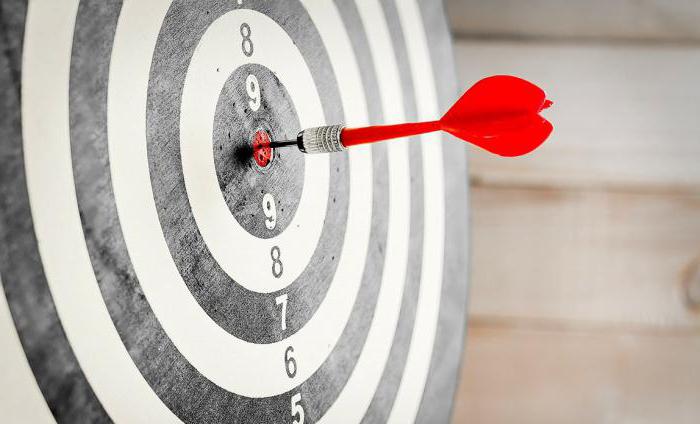
The main sources of information
Although you can find a ready-made analysis of any industry in the network, it is better to spend time and conduct your own research. This is the only way to get detailed, relevant information specifically for your niche and region.
Speaking about how to analyze the trading market or any other, there are several methods for collecting data:
- polls and questionnaires (open or closed - with answer options);
- focus groups - a round table with several representatives of the target audience to discuss the goods and services of the company;
- experiments and A / B testing;
- personal interviews with clients and partners;
- the study of thematic forums and groups on social networks;
- work with industry experts - interviews with specialists, researchers, marketers who can confirm the accuracy of information from open sources and make their forecasts regarding market development;
- study of open state and regional statistics;
- documentation and reports on the activities of various enterprises.
To see the full picture of the state of the market, it is necessary to understand the laws of its functioning and development, the ability to analyze the situation on the labor market. Act consciously and have a clear strategy - the most important conditions for success in the XXI century, when the old truth "who owns information - owns the world" becomes even more relevant.